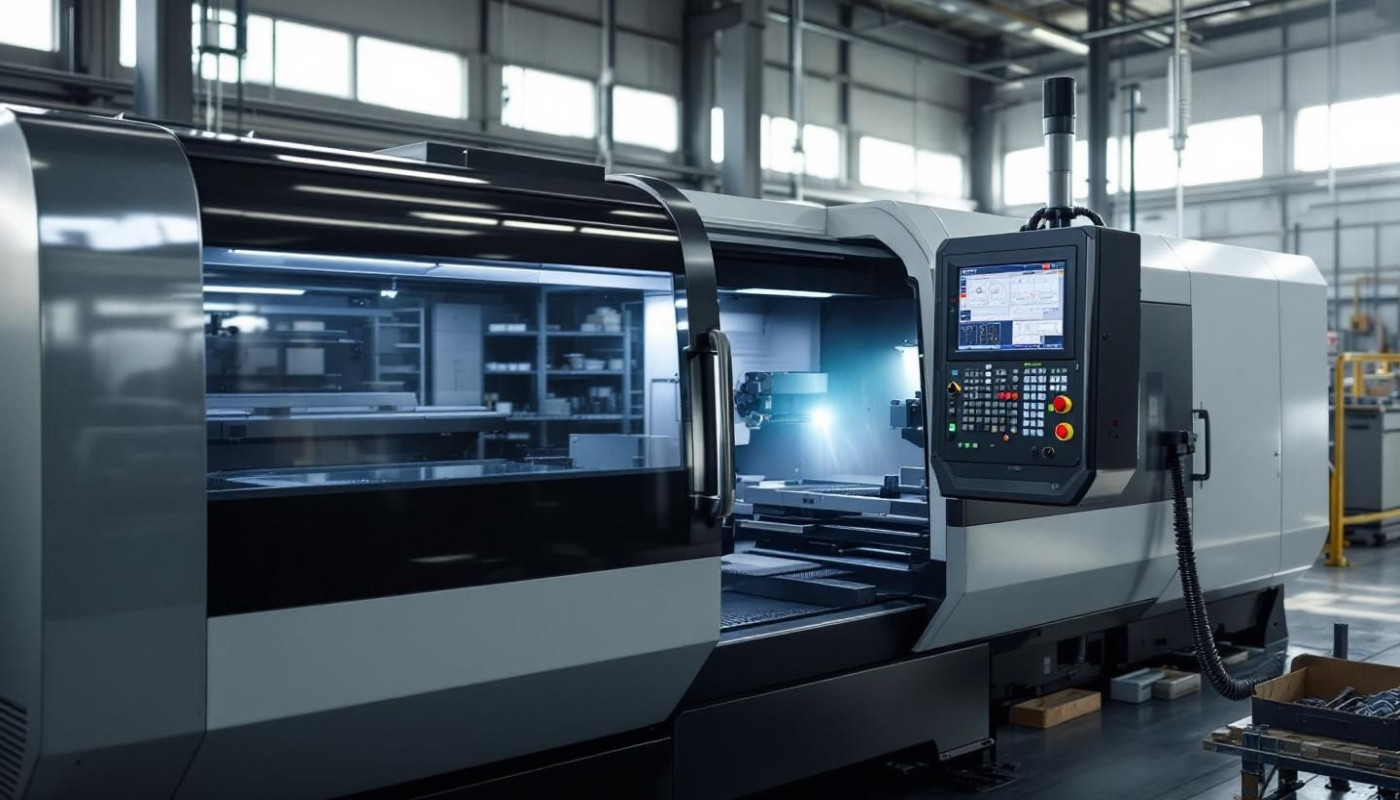Table of contents
The manufacturing sector continually seeks innovative ways to improve productivity and cost efficiency. Among the transformative strategies, opting for refurbished CNC lathes stands out as a game-changer for businesses aiming to optimize operations without compromising quality. Explore how integrating these machines can revitalize workshops, streamline processes, and deliver competitive advantages in today’s fast-paced industrial landscape.
Cost efficiency unlocked
Refurbished CNC lathes present a compelling opportunity for manufacturers seeking cost-effective machinery without compromising operational excellence. These machines require a markedly lower capital investment compared to their brand-new counterparts, which translates into immediate manufacturing savings. The financial flexibility gained allows companies to redirect funds to other growth initiatives such as workforce training, research, or expanding production lines. Through a meticulous restoration process, refurbished CNC lathes undergo retrofitting—upgrading controls, drives, and mechanical components—which not only extends their service life but also enhances reliability. This approach ensures affordable automation solutions for small and medium enterprises, offering robust performance and long-term value. Retrofitting is especially significant in this context, as it enables legacy equipment to meet modern standards, ensuring that refurbished machines remain a viable and competitive option in today’s fast-evolving manufacturing sector.
Boosting operational productivity
Refurbished CNC lathes significantly enhance CNC lathe productivity by integrating upgraded machining capabilities and state-of-the-art control systems. These improvements allow manufacturers to streamline workflows, leading to more efficient operations and a direct increase in production output. Enhanced precision engineering minimizes mechanical errors and supports higher accuracy, which reduces scrap rates and extends intervals between maintenance, boosting machine reliability. One of the key concepts in this context is cycle time optimization, referring to the deliberate reduction of the time each part takes to be machined from start to finish. By focusing on this technical metric, manufacturers can identify bottlenecks, adjust cutting parameters, and synchronize tool changes, all of which are pivotal in maximizing overall machine performance. With these advancements, refurbished CNC lathes not only restore but often surpass their original performance standards, making them a smart investment for any production-oriented facility seeking to thrive in competitive markets.
Ensuring consistent quality outputs
Modern refurbishing practices have transformed the landscape of quality CNC machining, particularly by elevating refurbished machine standards to a level where used CNC lathes can meet or even surpass the original equipment specifications. Rigorous quality assurance protocols are implemented throughout the refurbishment process, encompassing every stage from initial disassembly to the final reassembly. These protocols ensure that precision components are not only restored but also optimized to deliver uniform part quality, a core requirement in manufacturing excellence.
Quality control procedures involve comprehensive inspections, detailed diagnostics, and highly accurate calibration and alignment activities. Calibration is vital for restoring axis movement and spindle performance, while alignment ensures that all moving parts interact flawlessly, minimizing deviations and maximizing repeatability. One critical technical aspect is tolerance verification, where each refurbished CNC lathe is meticulously tested to confirm that it operates within the tight tolerances specified by modern machining demands. This step is instrumental in guaranteeing that every output matches the intended design parameters, reinforcing the reputation of refurbished units for delivering high-quality results.
Organizations focused on manufacturing excellence often rely on partners who demonstrate mastery in these refurbishing practices. For instance, CNC Lathe rebuilding by SAMO exemplifies how expert refurbishment, advanced metrology, and a dedication to standardized processes can collectively ensure that refurbished lathes consistently support top-tier quality CNC machining and dependable production outcomes.
Enabling sustainable manufacturing
Opting for refurbished CNC lathes offers substantial environmental benefits within the context of sustainable manufacturing. By selecting eco-friendly CNC equipment, factories directly decrease the demand for new machinery, which results in less industrial waste and significantly lower energy consumption linked to the manufacturing of new units. This strategy aligns with green factory solutions by promoting responsible reuse and extending the operational lifespan of existing resources. Implementing energy-efficient machinery supports industrial sustainability by minimizing resource extraction, reducing emissions, and lowering the overall environmental footprint. From the perspective of a sustainability manager, the concept of life cycle assessment is pivotal—it quantitatively evaluates the environmental impact of equipment throughout its entire lifespan, ensuring that resource conservation and reduced waste remain central to every operational decision. Adopting refurbished technology not only drives productivity but also positions companies as leaders in sustainable manufacturing practices and eco-friendly innovation.
Supporting rapid technology adaptation
Refurbished CNC lathes featuring CNC technology upgrades and modernized interfaces enable manufacturers to embrace adaptive manufacturing practices while minimizing disruption. Updated control systems streamline the transition to new processes, reducing the time and resources needed for operator retraining and system familiarization, compared to investing in entirely new equipment. This approach sustains operational continuity as technological advancements emerge, supporting flexible production that can readily align with evolving market demands. Scalable machining capabilities empower businesses to adjust output volumes or switch product lines efficiently, making these systems attractive for both small batch and high-volume manufacturing environments. Manufacturing innovation is further propelled by control system integration, which synchronizes legacy machinery with advanced automation and data analytics platforms. This integration enhances operational agility, allowing for real-time adjustments, improved quality control, and greater responsiveness to customer needs without the prohibitive costs of complete equipment replacement.
On the same subject









